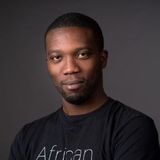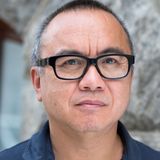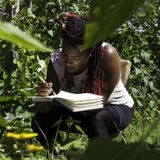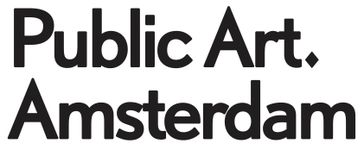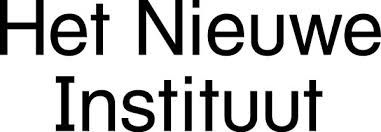The global current discussion about monuments – who is present and visible in public space: why, and who determines this – demands new strategies for future monuments. Monuments often ignore the complexity of issues and rather point towards a dichotomy between winners and losers. This opens up space for a search for new frameworks, ideas and practices to see what a new monument could be. A conversation about ideas on how to create landscapes of memories, healing public environments through art and the importance of diversity and polyphony in public space.
History, power structures, politics of glorification, spatial interpretation, and practical use are just a couple of aspects coming together in the practice of monuments and sculptures in public space. Ideas that change over time. How can new monuments be designed in such a way that they retain meaning for a diversity of inhabitants over time? In the midst of the global discussion about the importance of a new view on monuments, we invited Ken Lum and Christian Benimana to share their views on monuments of the future and explain how they put their ideas into practice. Together with two local speakers, they will talk about their ideas on how to create landscapes of memories, healing public environments through art that connects to local communities, and creating new art formats. What are possible emancipatory artistic practices that are required for systemic change?
- Christian Benimana joined MASS Design Group as a Global Health Corps Design Fellow in 2010. Today he works as one of the firm’s Senior Principals and Managing Directors, and is Director of the African Design Centre. He received his architecture degree from Tongji University in Shanghai, China, and has served as Secretary-General of the East Africa Institute of Architects.
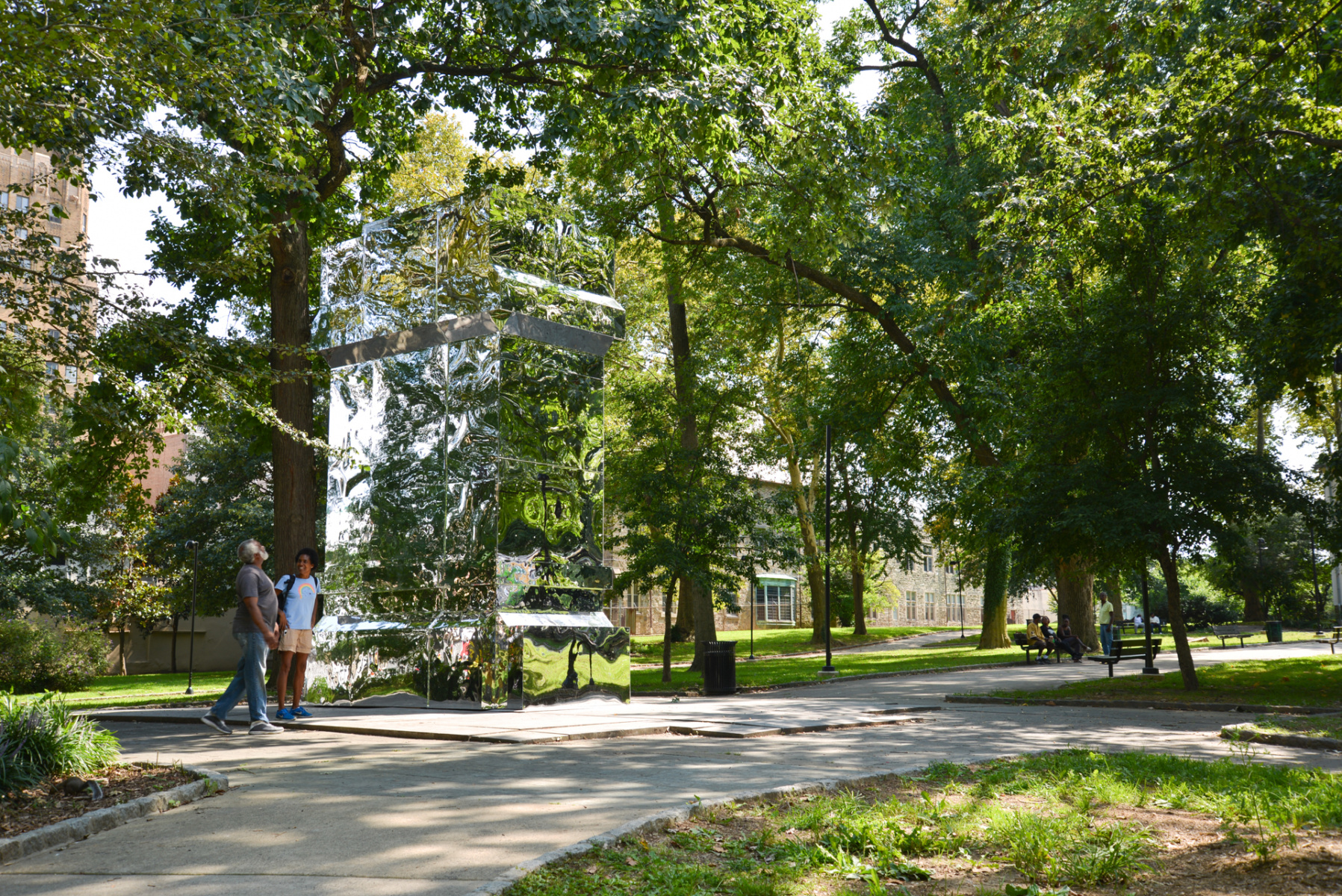
‘The Battle is Joined’ in Philadelphia by Karyn Olivier (at right) © Mike Reali
- Ken Lum is known worldwide for his conceptual and representational art in a variety of media, including painting, sculpture, and photography. Connected to the themes in his own work, he is also co-founder of Monument Lab, an initiative for major city-wide public art and architecture exhibitions, commissions, and research. As an independent public art and history studio in Philadelphia, Monument Lab works with artists, students, activists, municipal agencies, and cultural institutions on exploratory approaches to public engagement and collective memory. It cultivates and facilitates critical conversations around the past, present, and future of monuments.
- A native Philadelphian currently based in Amsterdam, Joy Mariama Smith’s work primarily addresses the conundrum of projected identities in various contexts. A sub-theme or ongoing question in their work is: ‘What is the interplay between the body and its physical environment?’ Rooted in socially engaged art practice, they are a performance/installation/movement artist, activist, facilitator, curator, and architectural designer. They have a strong improvisational practice spanning 20 years. When they choose to teach, they actively try to uphold inclusive spaces.
The contribution of Ken Lum and Christian Benimana is made possible by Het Nieuwe Instituut with the support of the Ministry of Foreign Affairs.

